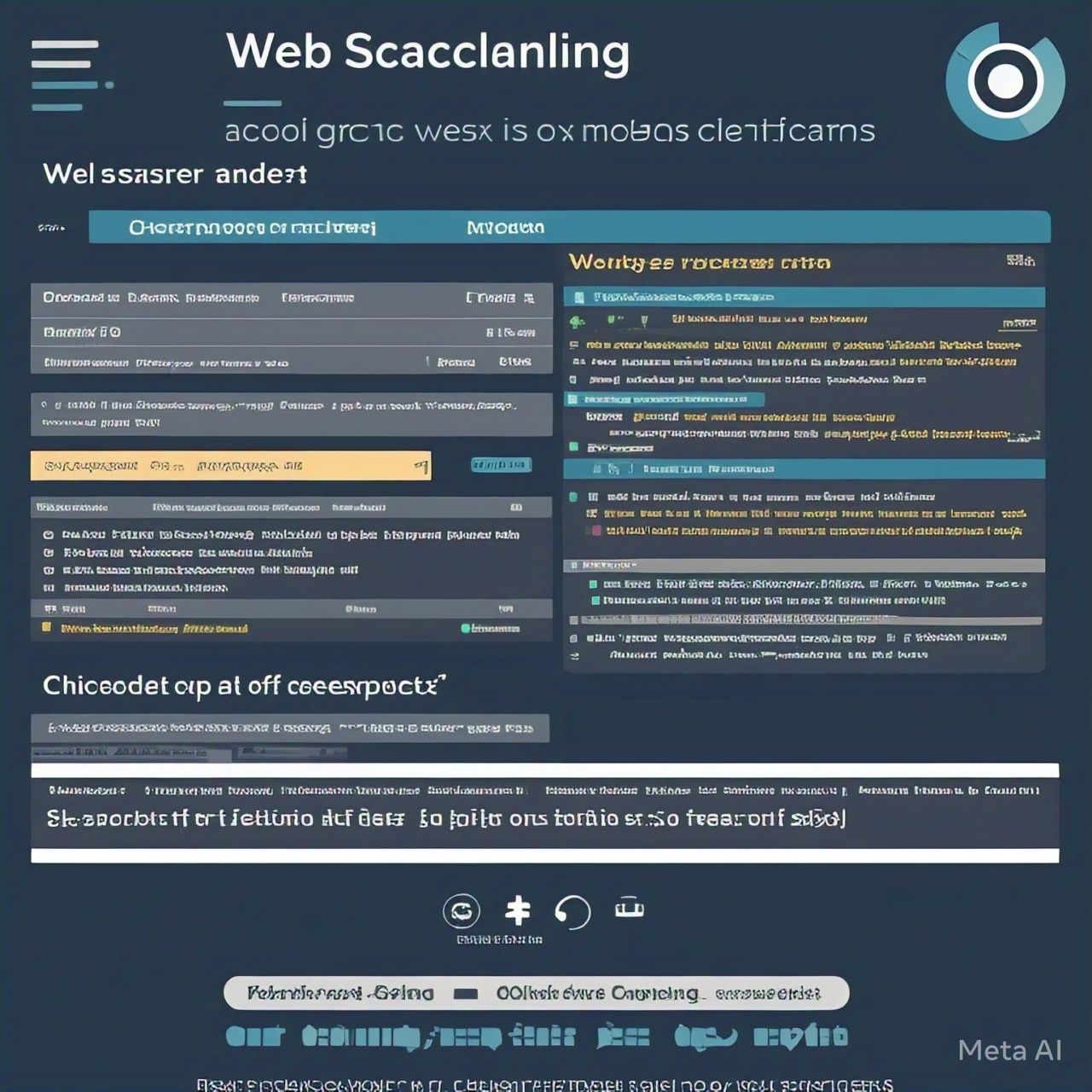Table of Contents
- Understanding Web Scraping
- How Does Web Scraping Work?
- Common Techniques Used in Web Scraping
- Tools and Libraries for Web Scraping
- Legal and Ethical Considerations
- Challenges and Limitations of Web Scraping
- Best Practices for Effective Web Scraping
- FAQs
Understanding Web Scraping
Web scraping involves using automated scripts or tools to retrieve content from web pages, which can then be analyzed, stored, or manipulated for various purposes. It enables the collection of large amounts of data quickly, which can be immensely useful for research, analysis, data-driven decision-making, and more.
How Does Web Scraping Work?
The process of web scraping typically involves the following steps:
- Identifying Target Websites: Determine the websites from which data needs to be extracted.
- Sending HTTP Requests: Automated tools or scripts send HTTP requests to the target website’s server to access the desired web pages.
- Retrieving Web Pages: The server responds by sending the requested web pages, which are then fetched by the scraping tool.
- Parsing HTML Content: The fetched web pages are parsed to locate and extract the specific data elements required.
- Storing Extracted Data: The extracted data is stored in a structured format, such as a CSV file or a database, for further analysis or use.
Common Techniques Used in Web Scraping
Several techniques are commonly employed in web scraping:
- Human Copy-and-Paste: Manually copying and pasting data from a web page into a text file or spreadsheet. This method is labor-intensive and not scalable. en.wikipedia.org
- Text Pattern Matching: Utilizing regular expressions to identify and extract specific patterns of text within the HTML content.
- HTTP Programming: Sending HTTP requests to retrieve static and dynamic web pages using socket programming.
- HTML Parsing: Employing parsers to analyze the HTML structure of web pages and extract data enclosed within specific tags.
- DOM Parsing: Using tools like Selenium or Playwright to render web pages and interact with the Document Object Model (DOM) to extract dynamic content.
- Semantic Annotation Recognizing: Leveraging metadata or semantic markups embedded in web pages to locate specific data snippets.
- Computer Vision Web-Page Analysis: Applying machine learning and computer vision techniques to interpret and extract information from web pages visually, similar to how a human would.
Tools and Libraries for Web Scraping
A variety of tools and libraries are available to facilitate web scraping:
- Beautiful Soup: A Python library that allows for easy parsing and navigation of HTML and XML documents.
- Scrapy: An open-source and collaborative web crawling framework for Python, designed for fast and efficient data extraction.
- Selenium: A tool that automates browsers, enabling interaction with web pages and extraction of dynamic content.
- Octoparse: A no-code web scraping tool that allows users to extract data from websites without programming knowledge.
- ParseHub: A visual data extraction tool that can handle complex web scraping tasks through a user-friendly interface.
Legal and Ethical Considerations
While web scraping is a powerful tool, it’s essential to consider the legal and ethical implications:
- Terms of Service: Always review and comply with the target website’s terms of service, as some sites explicitly prohibit automated data extraction.
- Intellectual Property Rights: Respect the intellectual property rights of website owners, ensuring that the scraped data is used in a manner consistent with legal guidelines.
- Privacy Concerns: Avoid scraping personal or sensitive information without consent, adhering to data protection regulations such as the General Data Protection Regulation (GDPR).
- Server Load: Implement scraping practices that do not overload the target website’s server, such as adding delays between requests and limiting the frequency of access.
Challenges and Limitations of Web Scraping
Web scraping presents several challenges and limitations:
- IP Blocking: Websites may detect and block IP addresses associated with automated scraping activities.
- Dynamic Content: Web pages that load content dynamically using JavaScript can be challenging to scrape without rendering the page fully.
- Captchas and Anti-Bot Measures: Some websites implement captchas or other anti-bot mechanisms to prevent automated access.
- Legal Risks: Engaging in unauthorized scraping can lead to legal actions, including lawsuits for breach of terms of service or intellectual property infringement.
Best Practices for Effective Web Scraping
To conduct web scraping effectively and ethically, consider the following best practices:
- Respect Robots.txt: Check the website’s
robots.txtfile to understand which parts of the site are allowed or disallowed for scraping. - Use API Endpoints: When available, utilize official API endpoints provided by websites, as they are designed for structured data access.
- Implement Rate Limiting: Introduce delays between requests to avoid overwhelming




